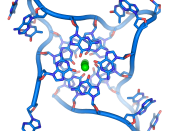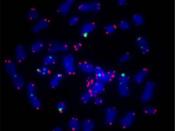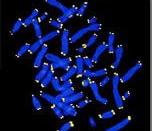What is Aging, and How Does It Come to Take Place?
In January, 2002, a new theory about aging was formulated by two scientists, Leonid Garilov and Natalia Garilova, working in Chicago. This theory, that came to be known as the reliability theory of aging, stated that all living organisms are born with certain inherent flaws. As an organism ages, it suffers various shocks to its biological systems, and eventually breaks down. In a simple organism, one such breakdown causes death. However, more complex organisms such as humans have in built redundancy systems to insure that such deaths do not occur. However, the various shocks suffered by an organism do lead to damages that build up on top of the inherent damage that would already be in place. This is what, in a nutshell, aging really is. Eventually, an event occurs that causes enough damage to cripple one of the redundancy systems critically enough that the organism cannot recover, and death occurs.
There are several theories that govern aging, or specifically the manner in which various factors affect the accumulation of damage within an organism. The most widely known and acknowledged of these are the theories of free radical damage and of telomere shortening.
The entropic school of thought believes that organisms accumulate defects over time, until these defects prevent a cell from functioning. The free radical theory falls under this school of thought, and is mostly valid when dealing with aerobic creatures. In the most basic terms, free radicals are molecules that are missing an electron. This causes the molecule to want to gain an electron to regain its stability, and when free radicals bond with healthy cell molecules, they can potentially do great damage. Such free radicals are formed in numerous ways, but they most commonly result as...


